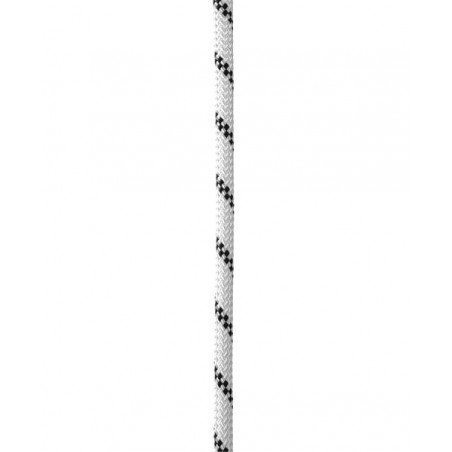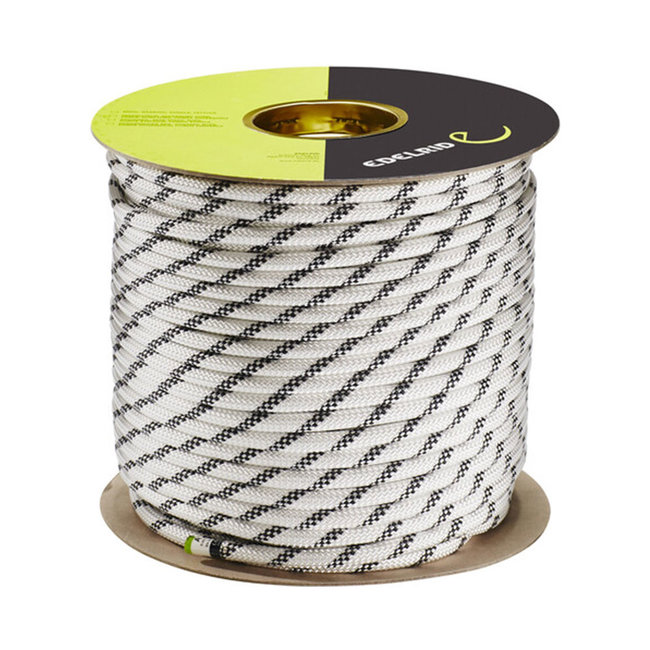Sorry for the inconvenience.
Search again what you are looking for
Search again what you are looking for

When going out to buy a climbing rope there are four main features to consider:
- What type of rope do you need?
- What diameter and length should the rope have?
- What features should the rope provide?
- What safety certification should the rope have?
All of these entirely depend on what you need the rope for? Are you going mountaineering? Indoor climbing? Multi-pitch? Etc.
There are three main differences in rope types designed for climbing: single, half, and twin ropes. Furthermore, a difference is made between static and dynamic ropes. In climbing, static ropes are only used when lowering an injured climber or ascending a rope. They are not designed, certified or tested to climb on because they stretch very little, that's what dynamic ropes are made for.
They are not meant for sports climbing but rather for rescue work, caving, climbing fixed lines with ascenders and hauling loads. Static ropes are amazing when you are in a situation where you do not want the rope to stretch, like when injured climber needs to be lowered, hauling equipment up wit a rope or when ascending a rope.
The rope diameter of a rope can vary quiet a bit and can make a huge difference on your climbing experience. Thinner ropes for example have the advantage of being lighter than thicker ropes but at the same time they are not as robust and need more skill when belaying with them. So depending on wether you are top roping in your local gym/crag or going for long distance multi-pitches you'll want something completely different.
Static ropes have a diameter of about 9-13 mm.

Edelrid - Performance Static 10mm - Static Rope
When comparing ropes these are some features to look for:
The choices are endless and difficult today so contact our Customer Service or send us a mail to help you choose the right product for your needs.
Shop online.........more time to climb.
Casper's Supports Your Summit